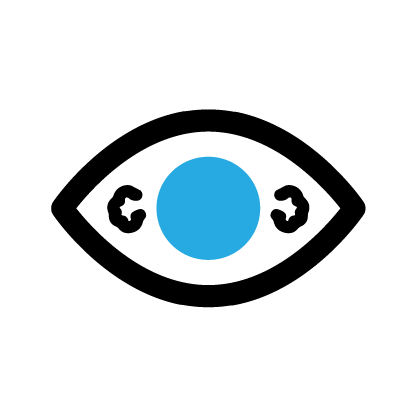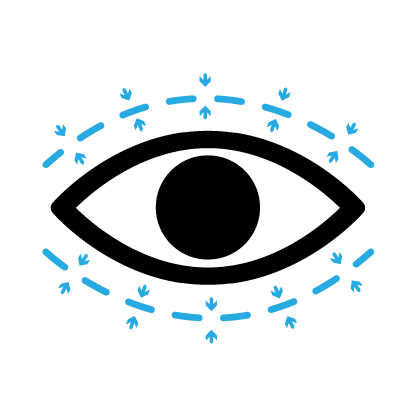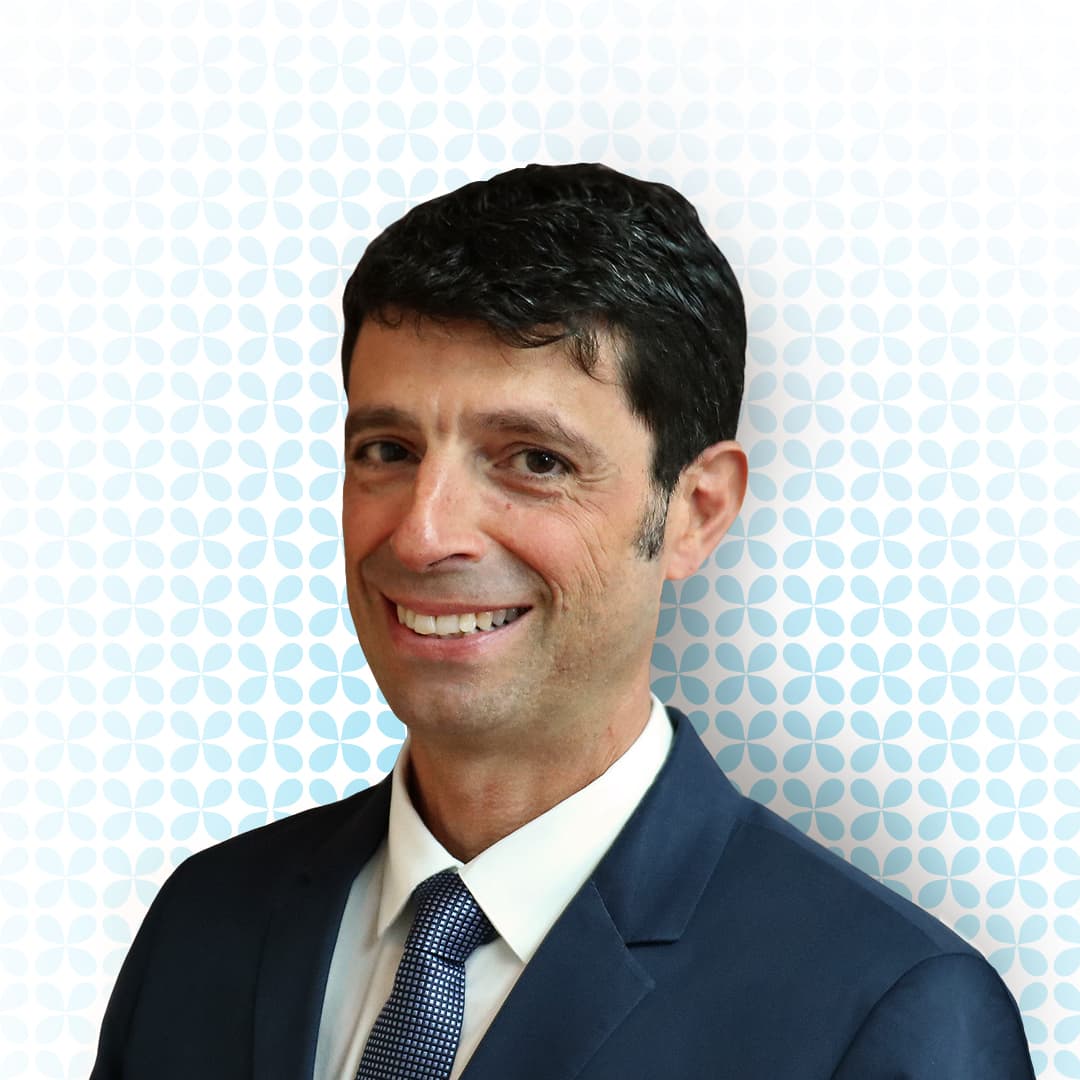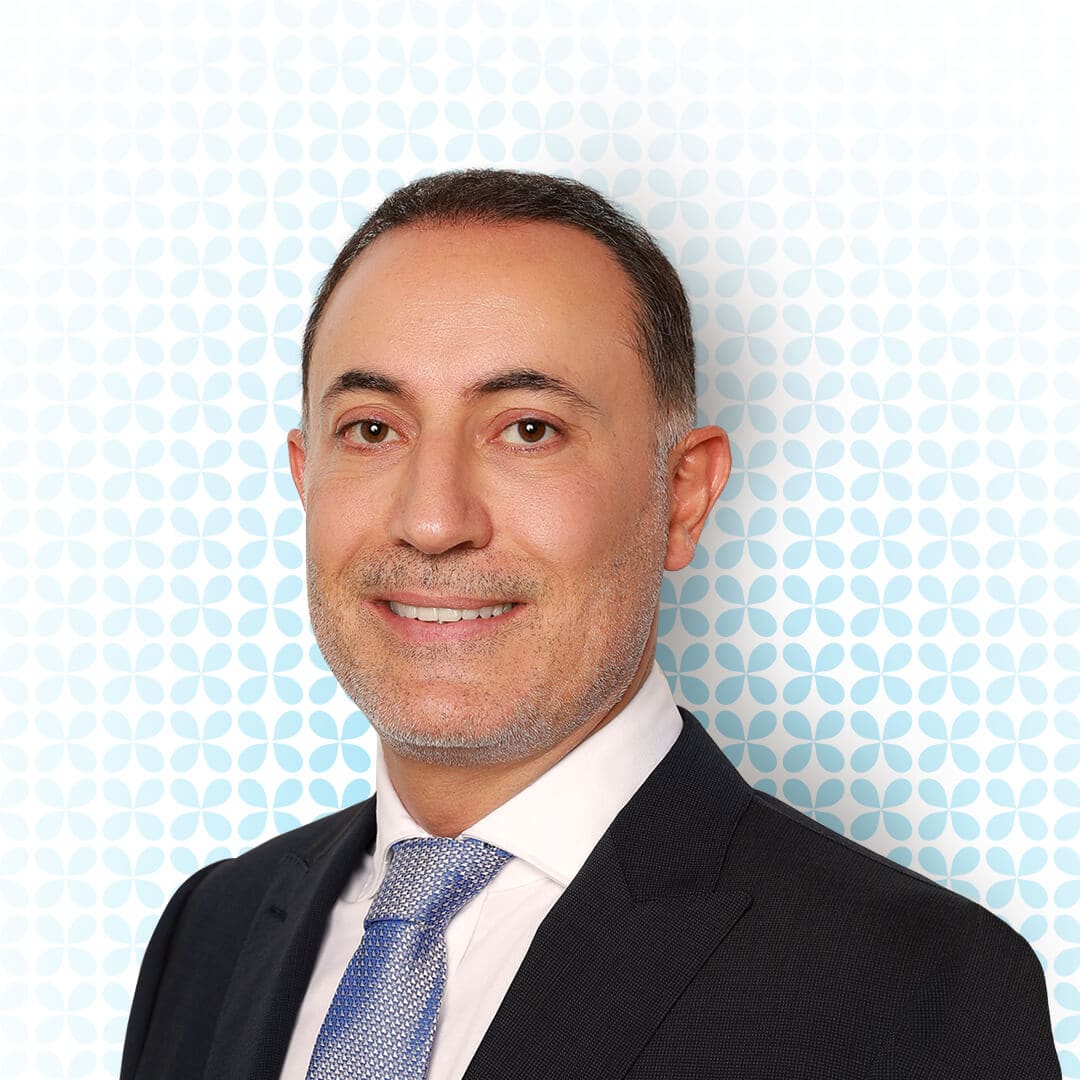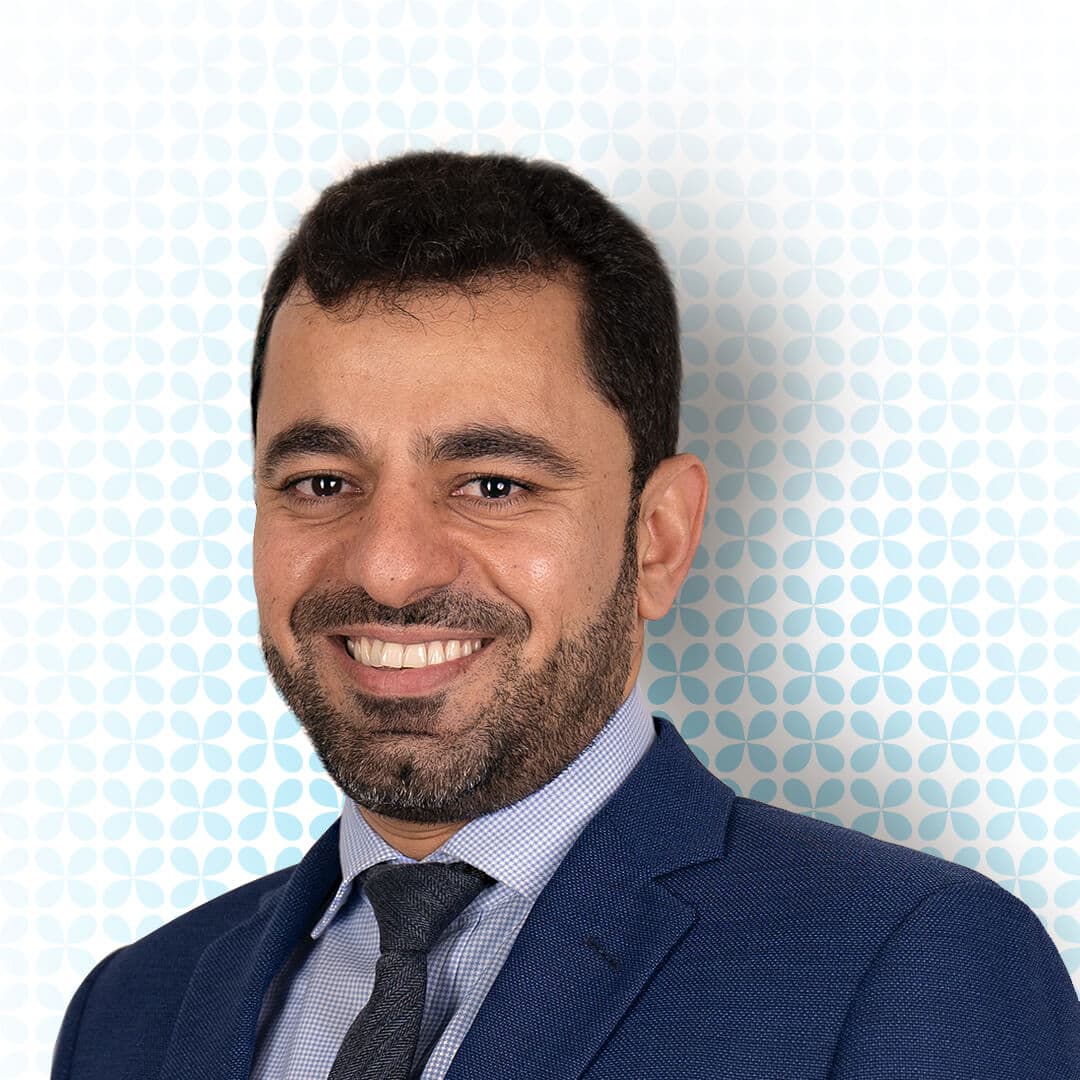About Laser & Vision correction Surgery
The cornea, the transparent surface at the front of the eye, works in harmony with the eye’s natural lens to focus light onto the retina, allowing for clear vision. When this focusing process is disrupted by refractive errors, it can lead to blurred or distorted vision.
For individuals affected by these issues, laser eye surgery or vision correction surgery can effectively correct the refractive error to improve vision and reduce dependence on glasses or contact lenses.
What is Vision Correction Surgery?
Vision correction surgery includes a range of procedures that improve how the eye focuses by either reshaping the cornea or replacing the natural lens. These surgeries are highly effective for treating common refractive errors and may help individuals achieve clearer vision without relying on corrective eyewear
Our specialists carefully assess each patient to determine the most suitable treatment option based on their unique needs and eye health.

Conditions treated by Vision Correction Surgery
Vision correction surgery is designed to address common refractive errors that affect how the eye focuses light, leading to blurred or distorted vision. These conditions can impact daily activities but are often treatable with the right surgical approach. These refractive errors include:
- Nearsightedness (Myopia): This is a common condition in which the eye sees close objects clearly but distant vision is blurred. It occurs when the eye grows too long or the cornea is too curved, causing light to focus before it reaches the retina.
- Farsightedness (Hyperopia): This condition occurs when light focuses behind the retina, making both near and distant objects appear blurry. It is typically caused by a shorter eye length or a flatter cornea, requiring extra effort to focus.
- Astigmatism: This refractive error occurs when the cornea or lens is not perfectly round, causing light to focus on more than one spot on the retina. The result is blurry or distorted vision at all distances. It can often occur along with nearsightedness or farsightedness.
- Presbyopia: This is a natural, age-related condition that typically begins to affect people in their 40s. It occurs when the eye’s lens gradually loses its flexibility, making it difficult to focus on close objects. Unlike myopia or hypermetropia, presbyopia is not caused by the length of the eye or shape of the cornea but by the ageing of the eye’s lens and supporting structures.
Types of Vision Correction Surgeries
There are various surgical options available to correct refractive errors, each tailored to suit different eye conditions and individual needs. The following are the most commonly used procedures:
- Laser Vision Correction (SMILE, LASIK, PRK, TransPRK): Laser procedures use advanced technology to reshape the cornea and correct conditions such as myopia, hypermetropia, and astigmatism. These minimally invasive surgeries are highly precise, typically involve a short recovery period, and can significantly improve visual outcomes.
- Phakic Intraocular Lenses (Implantable Lenses): For individuals who are not suitable for laser surgery, Phakic implants offer an alternative solution. These lenses are implanted in front of the eye’s natural lens to correct refractive errors, particularly for patients with higher prescriptions. They provide clear vision and are associated with a lower risk of dry eyes.
- Refractive Lens Exchange (Lens Replacement surgery): This procedure replaces the eye’s natural lens is with a specialised artificial lens. RLE is typically recommended for patients with presbyopia or severe refractive errors, offers a long-term solution that may significantly reduce or eliminate the need for glasses.
Eligibility criteria for Vision Correction Surgery
To determine eligibility, our ophthalmologists will consider factors including age, prescription stability, eye health, and overall health. Patients over 18 with a stable prescription, may qualify for laser eye surgery or other vision correction procedures.
Pre-assessment process for vision correction surgery
Before undergoing vision correction surgery, patients must complete a thorough pre-assessment process. This includes detailed eye examinations, diagnostic tests, and consultations with our expert ophthalmologists. Our advanced diagnostic tools allow us to measure your eyes’ shape, thickness, and overall health, ensuring that the selected procedure will deliver optimal results. This assessment aims to ensure that patients are suitable candidates for surgery and to create a customised treatment plan that offers the best possible outcome.
At Moorfields Eye Hospitals UAE, our vision correction specialists in Dubai and Abu Dhabi have extensive sub-speciality training in diagnosing and treating all refractive errors using the latest diagnostic tools and advanced techniques, to reduce dependency on eyewear and enhance the quality of life.
Comprehensive assessments
We offer a comprehensive range of eye care assessments, diagnostics, surgical and non-surgical treatment services. Assessment services: (evaluation examinations may differ depending on outcome of consultation) (expandable links below)
- General Health Assessment
- Optometry assessment
- Pentacam
- Consultation with Cornea and Laser Refractive Consultant
- General Health Assessment
- Optometry assessment
- Pentacam
- Cell count
- Consultation with Retina Consultant
Conditions & Treatment
Laser Vision Correction (LASIK)
At Moorfields Eye Hospitals, our Laser vision correction specialists in Dubai and Abu Dhabi have extensive sub-specialty training in diagnosing and treating refractive errors. Using the latest diagnostic technologies and advanced surgical techniques such as SMILE, LASIK and PRK, they provide personalised care to reduce dependence on glasses or contact lenses, improve visual clarity, and enhance long-term quality of life.
Laser Vision Correction (LASIK)
At Moorfields Eye Hospitals, our Laser vision correction specialists in Dubai and Abu Dhabi have extensive sub-specialty training in diagnosing and treating refractive errors. Using the latest diagnostic technologies and advanced surgical techniques such as SMILE, LASIK and PRK, they provide personalised care to reduce dependence on glasses or contact lenses, improve visual clarity, and enhance long-term quality of life.
Phakic Intraocular Lenses (Implantable Lenses)
What are Implantable Lenses?
Implantable lenses, also known as phakic intraocular lenses (IOLs), are lenses that are surgically placed inside the eye to correct refractive errors such as short-sightedness (myopia), long-sightedness (hypermetropia), and astigmatism. Unlike traditional contact lenses that sit on the surface of the eye, phakic intraocular lenses are positioned inside the eye, in front of the natural lens. This type of vision correction can be an effective and reassuring option for individuals who may not be suitable candidates for laser eye surgery, such as LASIK or PRK. If you are considering ICL surgery in Dubai or Abu Dhabi, Moorfields Eye Hospitals offers world-class expertise and care. Our highly trained refractive surgery specialists will conduct a comprehensive eye assessment to determine whether Implantable Lenses are right for you. Your prescription, eye structure, and lifestyle will all be taken into consideration to offer a tailored, safe, and effective vision correction solution.Phakic Intraocular Lenses (Implantable Lenses)
What are Implantable Lenses?
Implantable lenses, also known as phakic intraocular lenses (IOLs), are lenses that are surgically placed inside the eye to correct refractive errors such as short-sightedness (myopia), long-sightedness (hypermetropia), and astigmatism. Unlike traditional contact lenses that sit on the surface of the eye, phakic intraocular lenses are positioned inside the eye, in front of the natural lens. This type of vision correction can be an effective and reassuring option for individuals who may not be suitable candidates for laser eye surgery, such as LASIK or PRK. If you are considering ICL surgery in Dubai or Abu Dhabi, Moorfields Eye Hospitals offers world-class expertise and care. Our highly trained refractive surgery specialists will conduct a comprehensive eye assessment to determine whether Implantable Lenses are right for you. Your prescription, eye structure, and lifestyle will all be taken into consideration to offer a tailored, safe, and effective vision correction solution.Refractive Lens Exchange
What is Refractive Lens Exchange?
Refractive Lens Exchange (RLE), also known as lens replacement surgery, is a vision correction procedure where the eye’s natural lens is replaced with an artificial intraocular lens (IOL). It is especially effective for individuals with severe refractive errors or age-related vision changes, such as presbyopia, and may be recommended when laser eye surgery is not a suitable option. By replacing the natural lens, RLE can improve both near and distance vision, often reducing or removing the need for glasses or contact lenses. At Moorfields Eye Hospital Dubai or Abu Dhabi, our experienced specialists will carry out a comprehensive eye examination to determine your eligibility. We will assess your vision needs, eye health, and lifestyle goals to recommend the most appropriate treatment option for you.Refractive Lens Exchange
What is Refractive Lens Exchange?
Refractive Lens Exchange (RLE), also known as lens replacement surgery, is a vision correction procedure where the eye’s natural lens is replaced with an artificial intraocular lens (IOL). It is especially effective for individuals with severe refractive errors or age-related vision changes, such as presbyopia, and may be recommended when laser eye surgery is not a suitable option. By replacing the natural lens, RLE can improve both near and distance vision, often reducing or removing the need for glasses or contact lenses. At Moorfields Eye Hospital Dubai or Abu Dhabi, our experienced specialists will carry out a comprehensive eye examination to determine your eligibility. We will assess your vision needs, eye health, and lifestyle goals to recommend the most appropriate treatment option for you.Request an Appointment







